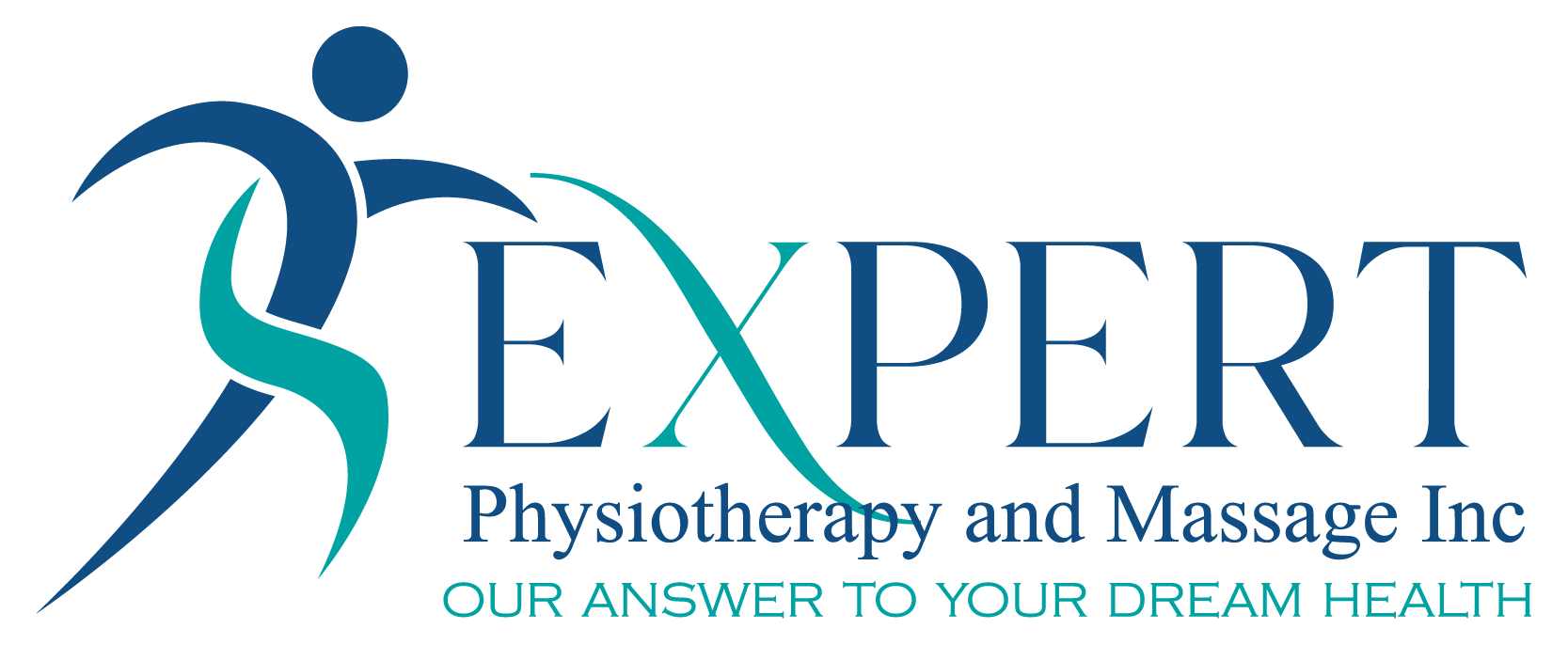Lifting heavy objects is a part of daily life for many people, whether at work, the gym, or even at home. However, improper lifting techniques can lead to injuries that may take weeks or even months to heal. At Expert Physiotherapy and Massage, we prioritize your health and well-being, so we’ve compiled this guide on correct lifting techniques to help you avoid unnecessary strain and injuries.
Why Proper Lifting Technique Matters
Incorrect lifting puts undue stress on your back, shoulders, and knees, increasing the risk of strains, sprains, and other injuries. The lower back is particularly vulnerable, as improper technique can overload the spine and surrounding muscles. By practicing correct lifting techniques, you can:
- Prevent back pain and injuries
- Improve efficiency and strength
- Protect your muscles and joints
Step-by-Step Guide to Proper Lifting
- Assess the Load Before lifting, evaluate the object’s weight and shape. If it’s too heavy or awkward, ask for help or use lifting aids such as a dolly or straps.
- Plan Your Route Ensure the path to your destination is clear of obstacles. This reduces the risk of tripping or dropping the object.
- Position Yourself Correctly
- Stand close to the object with your feet shoulder-width apart.
- Point your toes slightly outward for better balance.
- Bend at the Hips and Knees
- Lower yourself by bending your knees, not your back.
- Keep your back straight and chest up as you squat down.
- Grip the Object Securely Use both hands to grasp the object firmly. Ensure your grip is secure before lifting.
- Lift with Your Legs
- Engage your leg muscles to lift the object while keeping your back straight.
- Avoid twisting your body as you lift.
- Hold the Object Close
- Keep the object as close to your body as possible.
- This reduces the strain on your back and helps maintain balance.
- Move Carefully
- Take small, steady steps.
- Avoid sudden movements or jerks while carrying the object.
- Lower the Object Safely
- When setting the object down, follow the same principles: bend at your knees and hips while keeping your back straight.
Common Mistakes to Avoid
- Twisting While Lifting: Always pivot your feet instead of twisting your torso.
- Overloading: Never attempt to lift more than you can handle.
- Rushing: Take your time to ensure proper form.
- Relying on Your Back: Use your legs and core muscles for support, not your back.
When to Seek Help
If you experience pain or discomfort during or after lifting, it’s important to address it promptly. Persistent pain could indicate a strain or more serious injury. At Expert Physiotherapy and Massage, our team can assess your condition and provide tailored treatment plans to aid your recovery and prevent future injuries.
Conclusion
By following these correct lifting techniques, you can protect yourself from injuries and maintain your physical health. Prevention is always better than cure, so make safe lifting practices a priority in your daily routine. For more advice or assistance, contact us at Expert Physiotherapy and Massage. Our experienced team is here to support your journey to a healthier, pain-free life.


